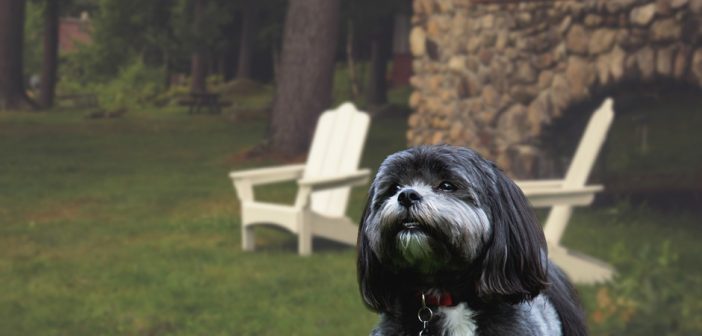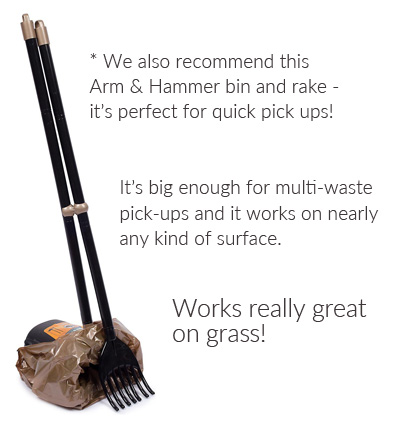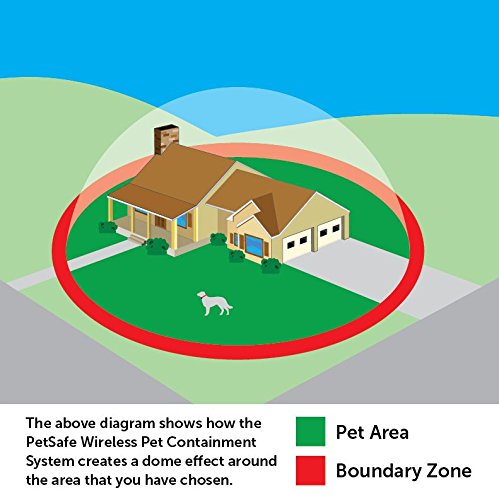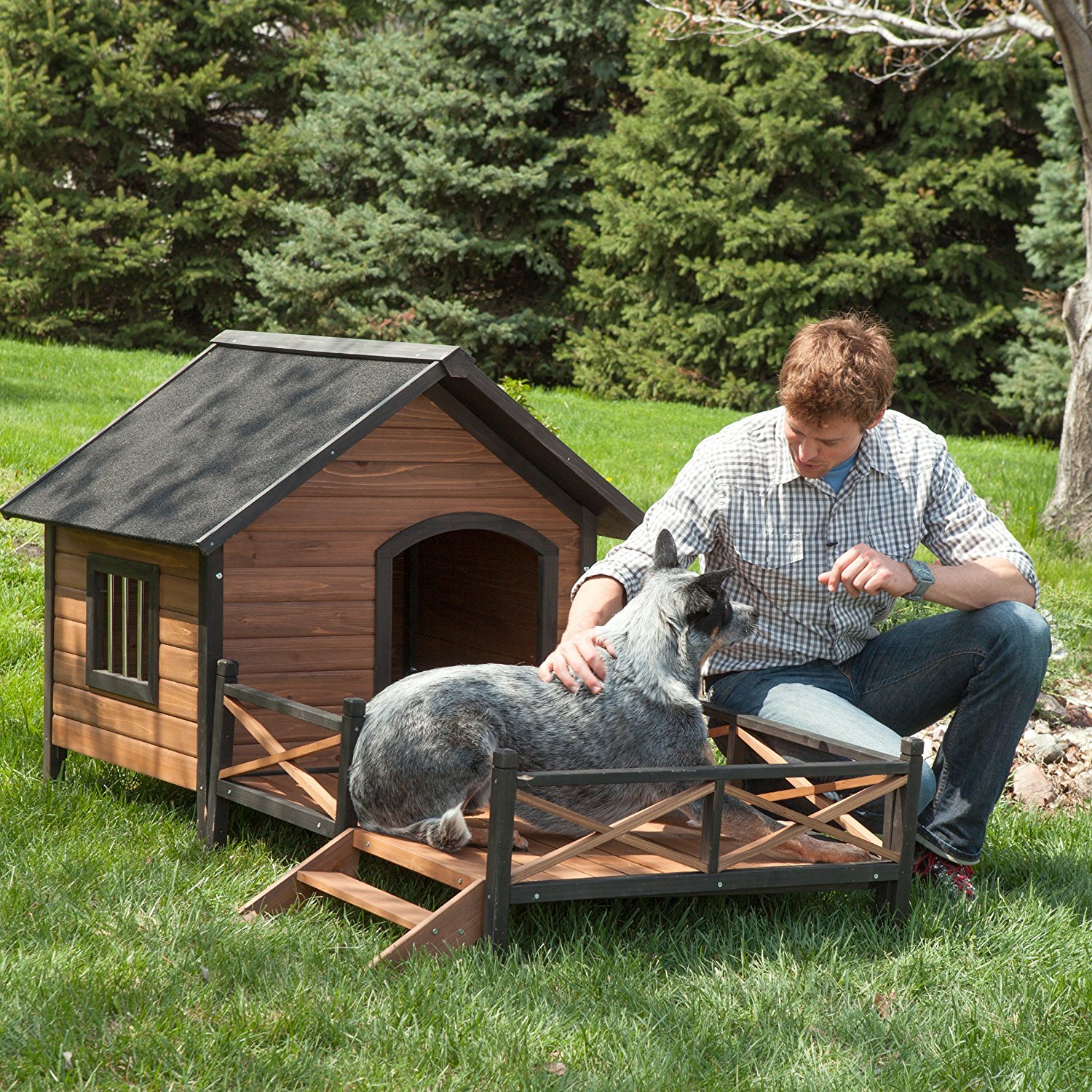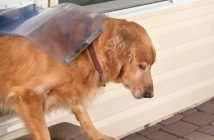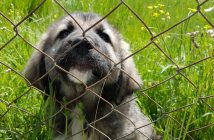Dog owners’ yards can go in one of two directions: they’re either a haven where dog and master can play fetch and enjoy time together, or they can become wastelands that literally goes ‘to the dogs.’
Of course, there’s plenty of middle ground. Perhaps there’s a corner of your yard where you don’t recommend walking because of its profusion of ‘land mines.’ Or maybe you still need to get around to filling the holes dotting the fence’s perimeter.
Balancing your desire for an attractively landscaped yard with the needs and comfort of your dog doesn’t have to be difficult. It just takes a little bit of know-how and planning:
Be Vigilant About Waste
When you’ve got your own fenced-in yard, it’s tempting to let all that ‘poo’ decompose naturally. But not only does rainwater carry pet waste from feces into surrounding waterways, it can quickly lead to neglecting your yard and not enjoying it for other purposes, out of fear of stepping in something unpleasant.
Train your dog to go in one area of the yard. Use a leash if necessary and wait with them until they go there, followed by heavy praise. If you allow that area to become ‘full,’ however, your dog will go in search of cleaner areas of the yard.
Either way, keep a shovel or some other “pooper scooper” tool handy to (almost) painlessly clear the area every few days.
Likewise, nitrogen in urine can ‘burn’ spots away in your lawn. Regular watering can alleviate the problem, but training your dog to go in a particular area is even better, especially if you plan to plant a garden (where you won’t want any unauthorized ‘watering’).
Pick the Right Plants

Not all yard plant varieties are created equal.
Some common plants can make your dog sick if they eat them, while others give off scents that discourage eating.
The ASPCA maintains a comprehensive list of plants that are toxic to pets (dogs, cats, and horses).
Some of the most pet-friendly landscaping plants include roses, lavender, mock orange, Texas sage, Canna lily, forsythia, and sword fern. And bonus, they look great, too.
Provide Distractions
Both inside and outside, a good hollow bone will keep a dog occupied all day long. Although most dog owners will buy these as a treat now and then, why not ‘treat’ your dog every day, especially if it keeps them from digging and tearing up your plants?
A rubber treat full of frozen peanut butter can serve the same purpose, keeping your dog occupied for hours. We adore the classic kong, just be sure to get the right size for your dog. It really will keep him busy for quite some time, and they’re fine to take outside.
There are tons of great toys that are appropriate for outside. While you wouldn’t want to keep a plush stuffed animal toy out in the elements, there are other toy choices that are perfectly fine in the backyard.
Skip the Poison
If you plan to leave your dog unsupervised in the yard, it’s all the more important to provide them with a healthy environment. Before applying pesticide, fertilizer or fungicide to your yard, check that the active chemicals are approved and safe for pets. Please follow the application instructions.
Similarly, some mulches can actually contain toxins. Although rare, there is at least one account of a dog perishing due to ingesting theobromine in cocoa bean mulch. PetHealthNetwork has more information about fertilizer and mulch dangers for dogs, but if you suspect your dog is sick due to toxins, call your vet or the ASPCA Animal Poison Control Center at (888) 426-4435.
Using organic lawn care products is always a better bet if you’ve got pets!
Go with a Smart Fence
Does your dog like to jump the fence?
You have two basic choices: Build a higher fence or install an electrified cable (and maybe two — one near ground level and one at the top). Although each option requires an investment, it’s far better than the liability and danger of having your dog escape and run free across roads and throughout the neighborhood.
Likewise, if your dog escapes from below, a foot or two of chicken wire staked to the ground around the base of your fence can keep them from digging holes underneath.
Give Your Dog a House
Even if your dog sleeps inside, a dog house can provide them their own ‘home’ during the time they spend in the yard. Dog houses are a place where your pal can hang out and be comfortable, out of the elements (and out of trouble).
If you opt not to build or buy a dog house, make sure that your yard has plenty of shade under trees, a canopy, or even a patio. Being out in the hot sun all day can be miserable for a dog, especially a long-haired, black dog. Likewise, a dog house can provide shelter from elements on an inclement day.
You also want to make sure to keep the water bowl (or bucket) filled and fresh when your dog is outside, enjoying the backyard!
Our yards are an important part of our homes, both to the human and animal inhabitants. Share your yard with your dog, and take them into consideration when making landscaping decisions.
This post was submitted by Chris Long, a store associate at a Home Depot in the Chicago suburbs. He often contributes to the home depot blog, writing about household electrical topics and landscaping topics. From 1992-2002 Chris and his wife had the great fortune to share their lives with a Newfoundland named Bridget, who Chris says taught them more about life than he ever could have imagined.

